Dry and damaged hair can sneak up on you, often starting with a few rough strands here and there, and then before you know it, your whole head feels brittle and lifeless. It can be hard to tell when your hair is crossing the line from healthy to in need of serious TLC, but there are a few key signs that can clue you in. The good news is, with the right care, it’s possible to turn things around.
In this guide, we’re going to break down 8 signs that your hair might be dry, damaged, or both, and share 8 practical tips to get it back to its healthy, shiny self. If your hair has seen better days, don’t worry—there are simple fixes that can help restore moisture, strength, and softness without a complete overhaul.
Dull Appearance

Is your hair lacking that vibrant shine? A dull appearance often indicates dryness or damage. When light hits healthy hair, it reflects, giving a radiant look. Dull hair, however, absorbs light due to a rough surface.
This is often caused by over-styling or a lack of moisture. The good news is you can rejuvenate your locks. Using hydrating hair masks weekly can help restore that lost luster. Avoiding excessive heat styling and using proper thermal protectants also support hair vitality.
Split Ends
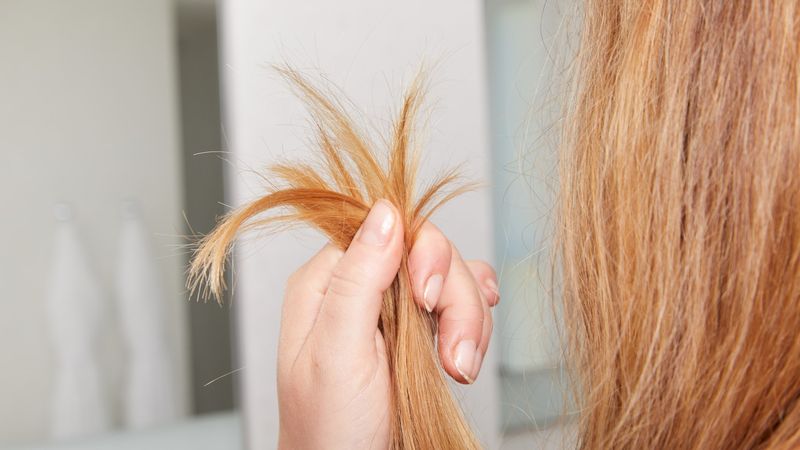
Split ends are a classic sign of damaged hair. They occur when the hair’s cuticle is weakened and frays. This often results from excessive styling and using harsh chemicals.
Regular trims every 6-8 weeks can help you maintain healthy ends. Additionally, using conditioners rich in proteins helps strengthen your hair, preventing splits from forming. Shift to gentle shampoos and minimize the use of hot styling tools to nurture your hair back to health.
Brittle Texture

Brittleness signifies a lack of moisture, making hair prone to breakage. This texture often results from overexposure to sun or harsh chemicals in styling products.
To combat this, consider incorporating natural oils like argan or coconut oil into your routine. These oils provide essential nutrients and create a protective layer. Reducing the frequency of color treatments and avoiding over-washing your hair are also beneficial steps towards achieving healthier strands.
Frizzy Strands
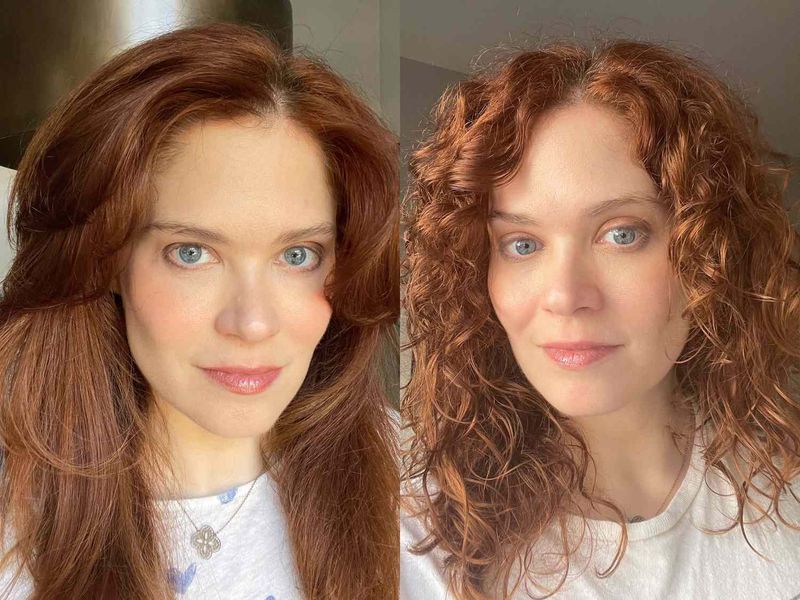
Frizziness can be an uninvited guest, especially in humid conditions. It’s a sign that your hair is crying out for moisture. When hair cuticles are lifted, they allow moisture from the air in, causing the frizz.
A leave-in conditioner or anti-frizz serum can help tame the flyaways. For long-term benefits, consider deep conditioning treatments that seal the hair cuticle, locking in moisture. Regularly using sulfate-free shampoos can also help maintain smoother, more manageable hair.
Excessive Shed

Though shedding is natural, excessive hair loss can be alarming. It can point to stress, hormonal changes, or nutritional deficiencies.
To reduce shedding, ensure a balanced diet rich in vitamins and minerals, especially iron and protein. Gentle handling of hair and using wide-toothed combs can minimize breakage. Consulting a dermatologist for persistent issues is advisable to pinpoint underlying causes and appropriate treatments.
Dry Scalp

A dry, flaky scalp can be uncomfortable and embarrassing. It often results from environmental factors or harsh hair products stripping away natural oils.
Regularly massaging your scalp with oils like tea tree or jojoba can improve circulation and hydration. Switching to shampoos designed for dry scalp can also provide relief. Maintaining a balanced moisture level is key to alleviating dryness and restoring scalp health.
Lack of Elasticity
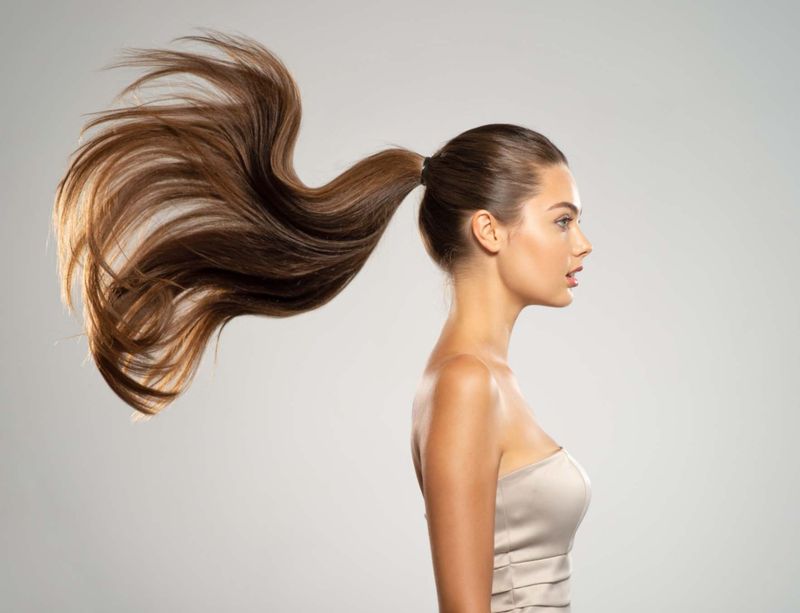
Elasticity is a hallmark of healthy hair. If your hair lacks bounce and breaks easily, it’s time to focus on restoring moisture and protein balance.
Protein treatments can help strengthen hair, making it resilient again. Hair masks that provide deep conditioning also play a crucial role in rejuvenating elasticity. Reducing heat styling and using protective hair measures can further enhance flexibility and prevent damage.
Unresponsive to Styling
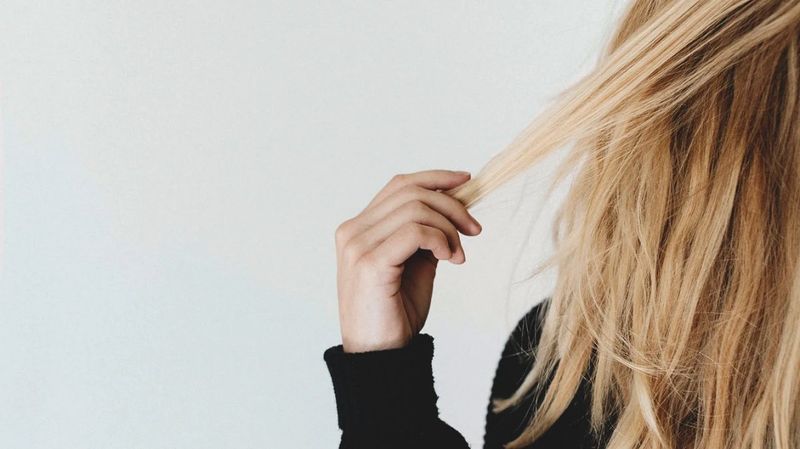
When hair becomes unresponsive to styling, it can be a sign of damage or product buildup. This often results in limp or lifeless locks.
Clarifying treatments can eliminate residues, giving your hair a fresh start. Incorporating nourishing hair oils can also provide the necessary nutrients. Ensuring your hair care products match your hair type is crucial to achieving desired styles effortlessly.
Hydration Masks
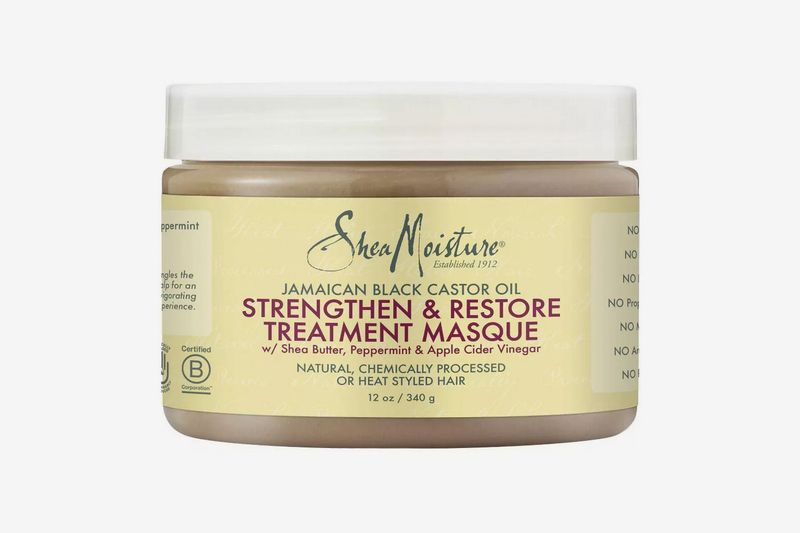
Hydration masks are a savior for dry hair. They replenish moisture and repair damage, leaving your locks silkier and more manageable.
Ingredients like honey and avocado are perfect for deeply nourishing hair. Regularly applying these masks can help restore shine and softness. Embracing natural remedies not only enhances hair health but also provides a soothing self-care routine.
Protein Treatments
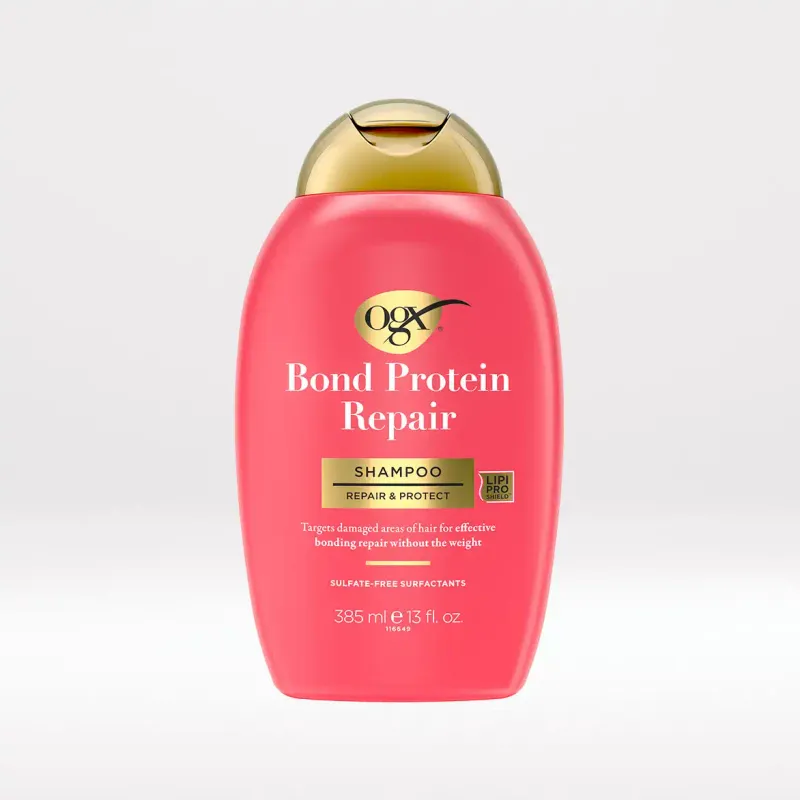
For those experiencing brittle or weak hair, protein treatments can be a game changer. They fill gaps in the hair shaft, strengthening strands and reducing breakage.
Regular use can transform fragile hair into resilient, healthy locks. Look for products that contain keratin or collagen, as they work best in restoring hair structure. Including these treatments in your hair care routine ensures long-lasting improvements.
Argan Oil Therapy
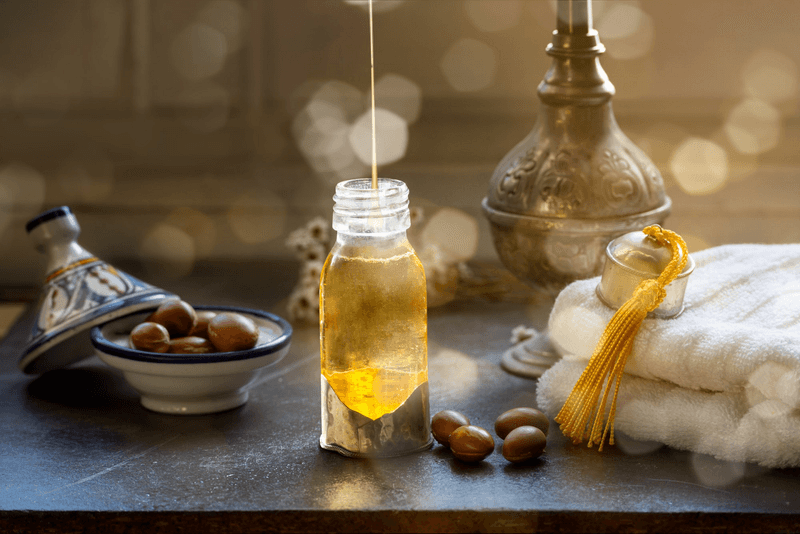
Argan oil, known as liquid gold, is a miracle worker for dry hair. It’s packed with essential fatty acids and vitamin E, providing intense hydration.
Applying a few drops to your hair can revive shine and softness. Its lightweight nature makes it perfect for daily use without weighing hair down. Embracing argan oil in your routine can lead to visibly healthier, more resilient hair over time.
Sulfate-Free Shampoos
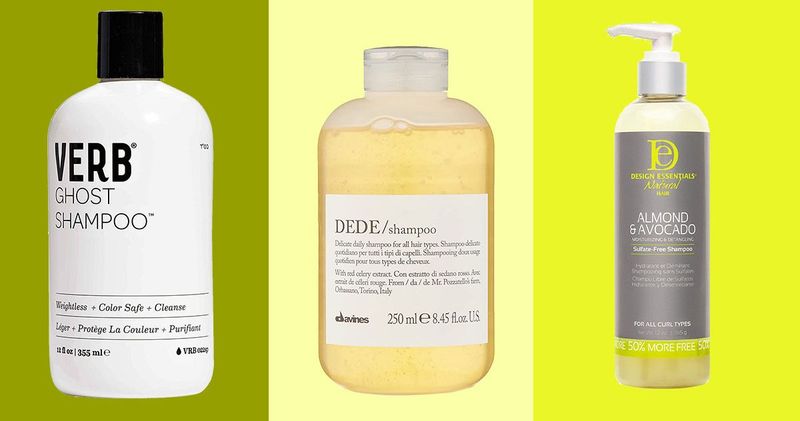
Choosing the right shampoo is fundamental for healthy hair. Sulfate-free options preserve natural oils, reducing dryness and irritation.
These shampoos are especially beneficial for colored or chemically-treated hair. By combating dryness, they promote smoother, shinier locks with fewer issues. Switching to sulfate-free alternatives is a simple yet effective strategy for maintaining hair health and vibrancy.
Regular Trims
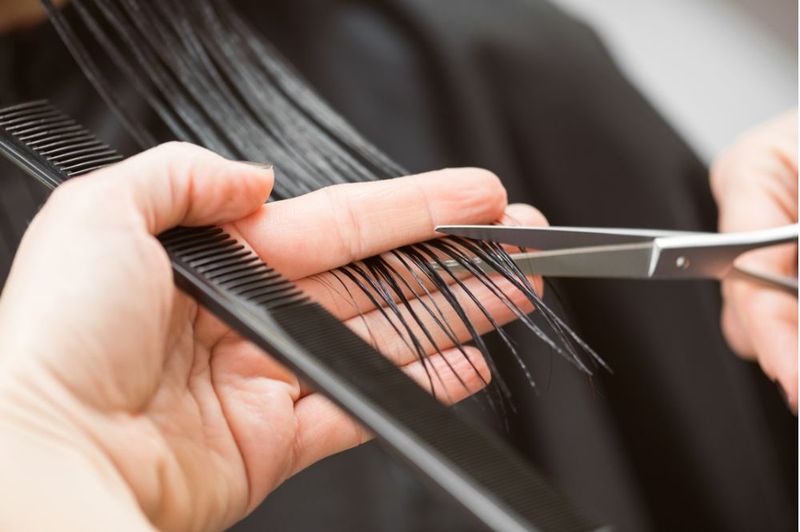
Trimming might seem counterintuitive, but it’s vital for healthy hair. It helps eliminate split ends, preventing further damage.
Regular trims every 6-8 weeks keep your hair looking fresh and healthy. This practice also promotes growth by reducing the chances of breakage. Consistent maintenance ensures your hair remains in top condition, full of life and volume.
Heat Protectant Sprays
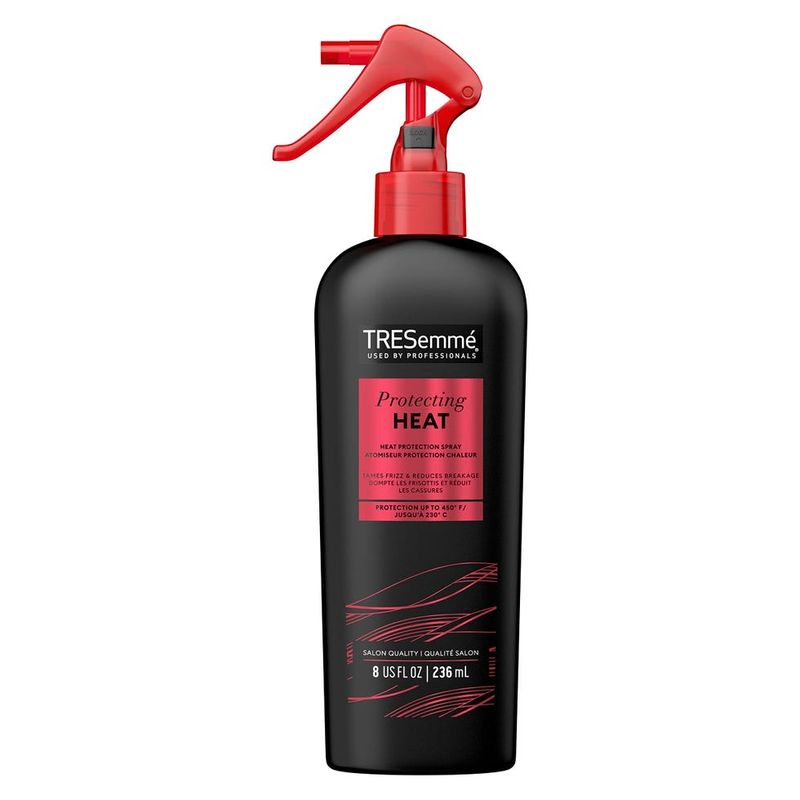
Heat styling can wreak havoc on hair if not managed properly. Heat protectant sprays shield your strands, minimizing damage from hot tools.
By creating a protective barrier, these sprays reduce the risk of dryness and breakage. Applying them before styling ensures that damage is minimized, allowing you to enjoy diverse styles without compromising hair health.
Silk Pillowcases

Silk pillowcases are not just luxurious; they’re beneficial for your hair. Unlike cotton, silk doesn’t tug or cause friction, reducing breakage.
Switching to silk can lead to smoother, healthier hair over time. They also help retain moisture, preventing dryness. This small change can make a noticeable difference in your hair’s texture and shine, promoting overall hair health.
Balanced Diet

Your diet plays a crucial role in hair health. Nutrients like vitamins A and E, proteins, and omega-3 fatty acids are vital for maintaining strong, shiny hair.
Incorporating a variety of fruits, vegetables, and whole grains ensures your body receives these essential nutrients. A balanced diet supports not just hair vitality but also overall well-being. Consulting with a nutritionist can help tailor a diet plan that enhances your hair’s natural beauty.
